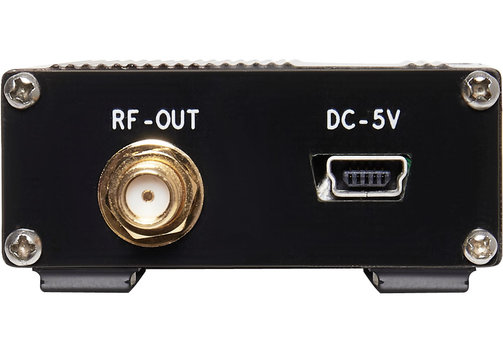Wideband amplifiers play a crucial role in modern communication systems, enabling the transmission of vast amounts of data across various applications. The evolution of these amplifiers has seen a remarkable journey from traditional analog designs to sophisticated digital domains. This transition has not only enhanced the performance of wideband amplifiers but has also opened up new possibilities in terms of efficiency, flexibility, and adaptability.
Analog Roots:
The early stages of wideband amplifiers were deeply rooted in analog technology. Analog amplifiers were characterized by their ability to amplify continuous signals across a broad frequency range. These amplifiers found applications in radio frequency (RF) communication systems, where a wide spectrum of frequencies needed to be processed for efficient data transmission.
One of the significant challenges with analog amplifiers was the trade-off between bandwidth and linearity. As the frequency range increased, maintaining a linear response became increasingly difficult. This limitation spurred the need for innovative solutions to address the shortcomings of traditional analog designs.
Digital Advancements:
The advent of digital signal processing (DSP) brought about a paradigm shift in the design and functionality of wideband amplifiers. Digital amplifiers leverage the power of algorithms and numerical techniques to process signals in the digital domain, allowing for precise control over signal characteristics.
Digital wideband amplifiers offer several advantages over their analog counterparts. They provide improved linearity, reduced distortion, and better adaptability to changing signal conditions. Additionally, digital amplifiers enable advanced modulation schemes, making them well-suited for modern communication standards like 4G and 5G.
Software-Defined Radios:
The integration of wideband amplifiers into software-defined radios (SDRs) marked a significant milestone in the evolution of communication systems. SDRs allow for the reconfiguration of radio functions through software updates rather than hardware modifications. This flexibility is particularly valuable in applications where diverse frequency bands and modulation schemes are employed.
SDRs, coupled with digital wideband amplifiers, enable dynamic spectrum allocation and efficient use of available resources. This adaptability is crucial for applications such as military communications, where the ability to operate in multiple frequency bands is essential.
Efficiency and Power Considerations:
In addition to performance improvements, the evolution of wideband amplifiers has also focused on enhancing efficiency and reducing power consumption. Digital amplifiers offer the capability to optimize power usage based on the specific requirements of the signal being processed. This not only contributes to energy savings but also extends the lifespan of battery-powered devices.
Furthermore, advancements in semiconductor technologies, such as gallium nitride (GaN) and silicon carbide (SiC), have played a pivotal role in improving the efficiency of wideband amplifiers. These materials allow for the design of high-power amplifiers with better power handling capabilities, making them suitable for applications demanding higher output power.
Conclusion:
The journey from analog to digital wideband amplifiers represents a transformative phase in the field of communication systems. The shift towards digital domains has not only addressed the limitations of analog designs but has also paved the way for innovative solutions that cater to the ever-evolving demands of modern communication technologies. As we continue to push the boundaries of data transmission and wireless connectivity, the evolution of wideband amplifiers remains a key enabler for the next generation of communication systems.

